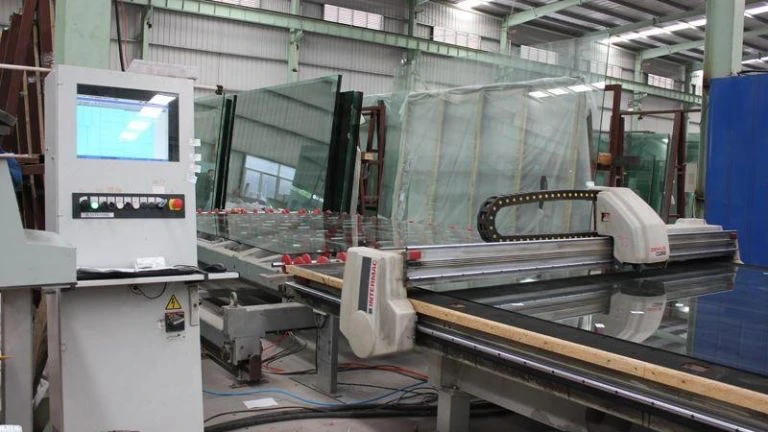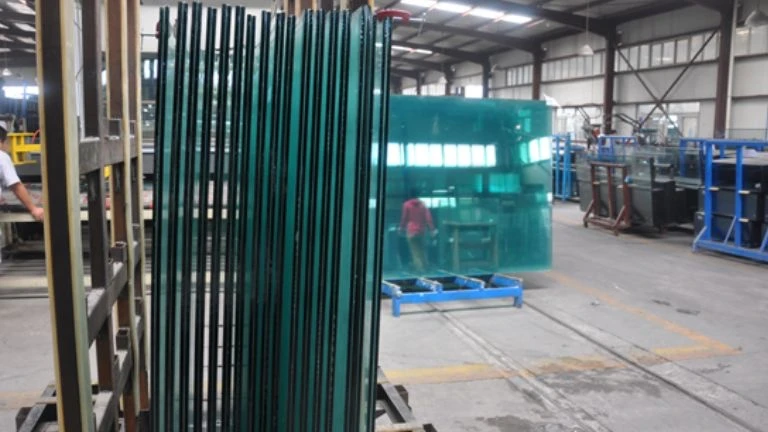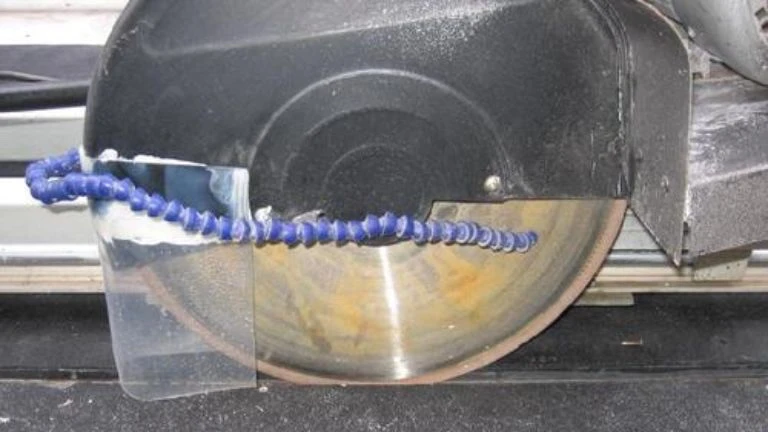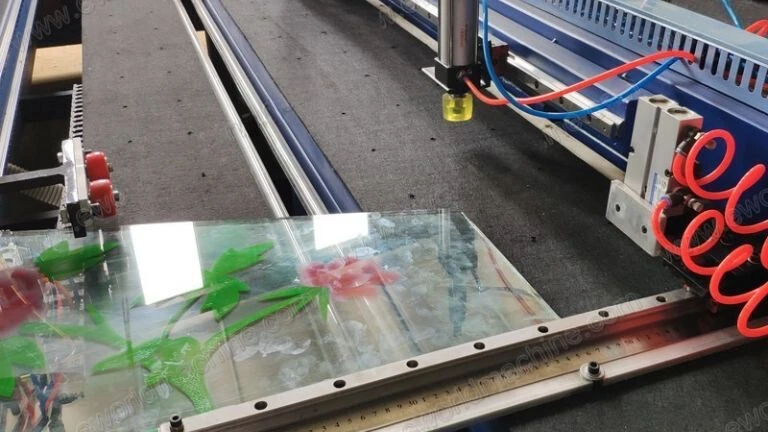How to Cutting Laminated Glass
Laminated glass, with its impressive safety features and durability, has become an indispensable material in modern architecture and vehicle manufacturing. Unlike standard glass, laminated glass incorporates a layer of Polyvinyl Butyral (PVB) or Ethylene-Vinyl Acetate (EVA) sandwiched between two glass panes, offering enhanced protection and sound insulation. However, it’s important to understand that only non-tempered laminated glass can be cut. Tempered laminated glass, which has been strengthened through a thermal process, cannot be altered or cut. This distinction is crucial for anyone looking to cut laminated glass, as attempting to cut tempered laminated glass can be dangerous. The very features that make laminated glass so valuable also make it challenging to cut. This article explores various methods to efficiently and accurately cut non-tempered laminated glass, ensuring your projects are both safe and aesthetically pleasing.

Understanding Laminated Glass
Laminated glass’s resistance to shattering upon impact is its most notable benefit, making it ideal for windshields, skyscraper windows, and safety barriers. The interlayer holds the glass together even when broken, preventing sharp pieces from causing injury. Yet, this interlayer complicates the cutting process, requiring specific techniques for a clean cut.

Preparing to Cut Laminated Glass
Accurate measurements and careful planning are paramount before making any cuts. Using the right tools and wearing appropriate safety gear, such as gloves and eye protection, can prevent accidents. Before cutting, ensure the glass surface is clean and clearly mark your cutting line with a glass marker.
Manual Cutting Methods
Hand Scoring and Breaking: The most traditional method involves scoring the glass with a handheld glass cutter, then applying pressure to break the glass along the score. This technique demands a steady hand and experience to avoid jagged edges or cracking.
Tapping Technique: For smaller or more intricate cuts, the tapping method can be effective. After scoring, a small tapping tool is used along the underside of the score line to encourage a clean break. This method requires patience and a gentle touch.

Advanced Cutting Technologies
Water Jet Cutting: Water jet cutting uses high-pressure water mixed with an abrasive substance to cut through the glass and interlayer with precision. This method is ideal for cutting complex shapes and minimizes the risk of edge damage.
Laser Cutting: Laser cutting is emerging as a precise and efficient method for cutting laminated glass. It offers clean cuts and sealed edges, reducing the need for post-cut processing. However, the cost and accessibility of laser cutting equipment may be a barrier for some.
CNC (Computer Numerical Control) Cutting: CNC machines offer unparalleled precision and automation, making them suitable for large-scale projects. These machines can be programmed to cut specific shapes and sizes, reducing human error and material waste.

Post-Cut Processing
After cutting, the glass edges may require finishing to smooth any roughness and ensure safety. Techniques vary from simple sanding to more complex polishing, depending on the project’s requirements. Additionally, the exposed interlayer may need to be trimmed or sealed to prevent moisture ingress and maintain the glass’s integrity.
Cutting laminated glass, while challenging, is a skill that can be mastered with the right knowledge and tools. Whether you’re working on a DIY project or in a professional setting, understanding the properties of laminated glass and the best techniques for cutting it is essential for achieving high-quality results. With patience and practice, cutting laminated glass can be a straightforward and rewarding task, opening up new possibilities for creative and functional uses of this versatile material.
